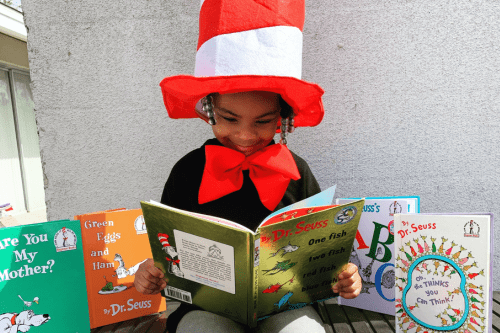Habits are actions or practices identically repeated at predictable times. They can be as simple as washing your hands before meals or as complex as a holiday celebration. The routines become not just part of us but they become us. A love of reading can be instilled in a child from infancy and become part of their lives as well, becoming as natural as any other routine.
Love of reading is fostered at home by creating a language-rich environment for children. Before setting up this environment though, parents and parents-to-be must have an honest conversation with themselves and each other about their own relationship to reading, whether for pleasure or for learning. As a parent or caregiver, you are your child’s first role model. You are the one they will emulate. Being truthful to yourself and your partner about your relationship to reading will help you choose ways to make a language-rich home for your child that works for you.
The Importance of Shared Reading

The opinions expressed in Montessori Life are those of the authors and do not necessarily represent the position of AMS.


